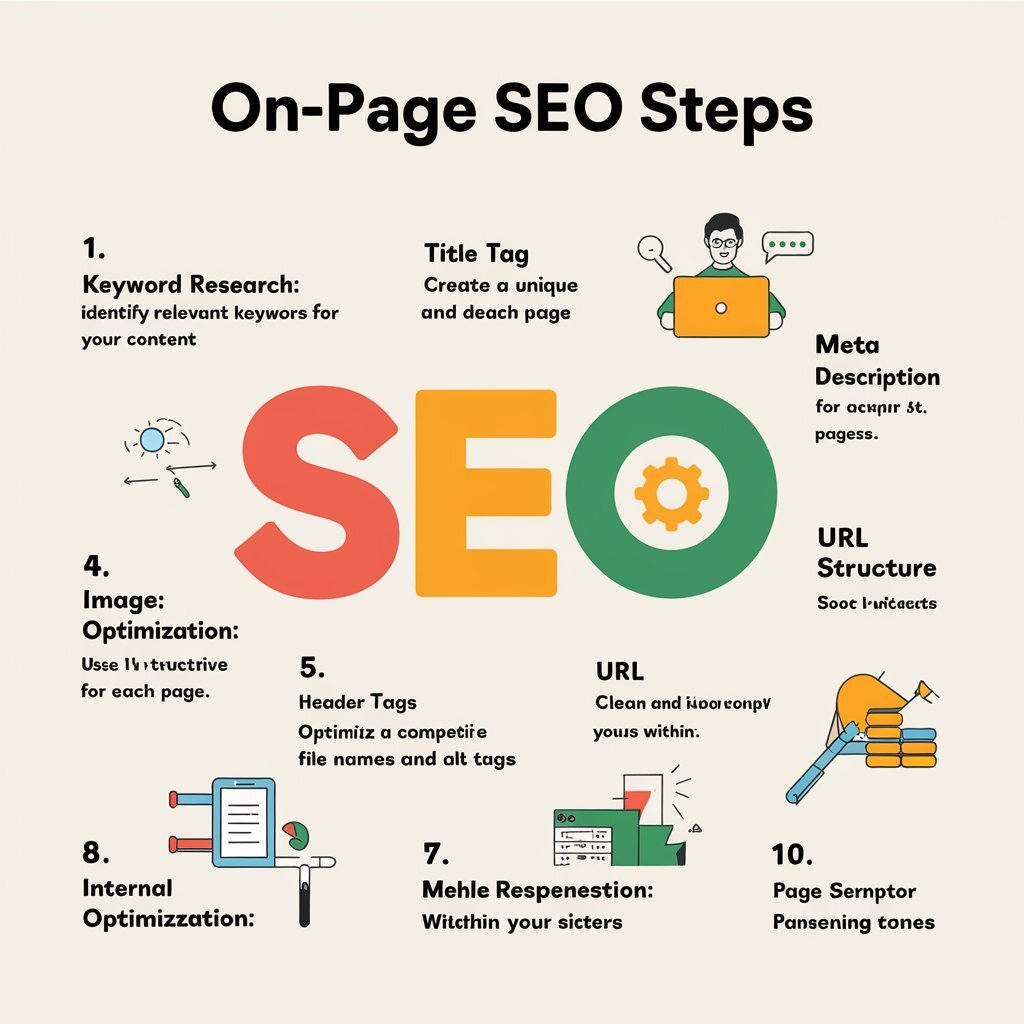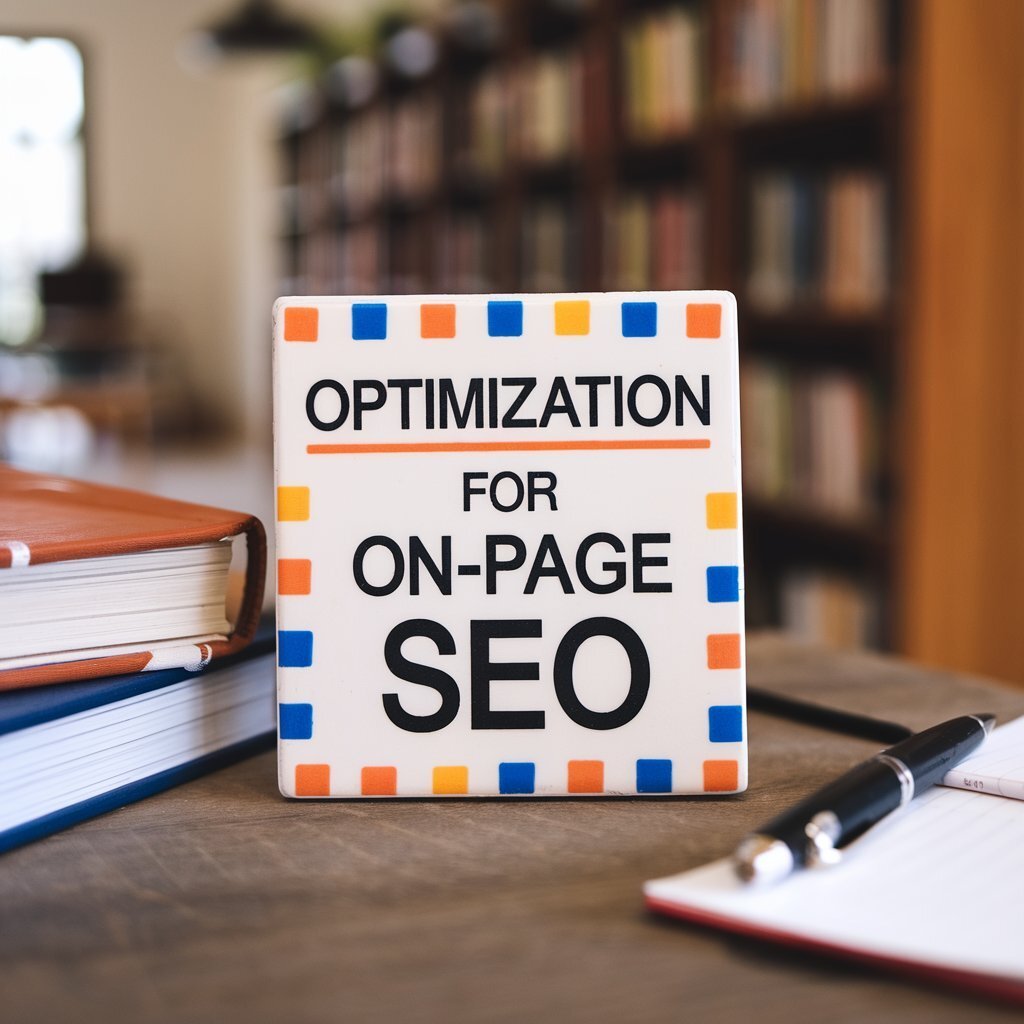On-page SEO: Refers to the practices and techniques used directly within the content and structure of a webpage to improve its search engine rankings and enhance user experience. It involves optimizing how to do on page seo on various elements on a webpage to help search engines understand the content better and to make the page more relevant and engaging for users.
Now here are some steps to do on page seo:

1. Keyword Research: How to do on page seo to Identify Right Keywords: Using various tools and methods to identify the right keywords.
- Keyword Placement: how exactly one should place the keywords for maximum effect: title, header, body content, etc.
Here are some tools to do keyword research:
- Tools to Use: Google Keyword Planner, SEMrush, Ahrefs.
- Long-Tail Keywords: Focus on longer, more specific phrases that often have less competition and higher intent.
- Search Intent: Understand what users are looking for when they type in a keyword and match your content to their needs.

2. Optimization of Title Tags
The Power of Title Tags: How title tags can affect search engine optimization and click-through rates.
Best Practices: Writing appealing and keyword-rich titles within recommended character limits
3. Writing Meta Descriptions
Meta Description: The role meta description plays in search visibility and user engagement.
- 4. Header Tags(H1,H2,H3): How to Use Header Tags Correctly: Understanding the hierarchy of headers; how and where to use them; and what function they serve in organizing content.
5. Optimised Content
- Quality Content: How to produce something valuable, relevant, and interesting to the readers.
- Keyword Density: A mix of keywords within the content not to be overfilled but readable.
- Content Length: How length can impact both search engine optimization and user experience.
6. URL Structure
- SEO URLs: How to keep it short, descriptive, and keyword-rich.
- Common Mistakes: Avoid complicated or irrelevant URLs.
7. Internal Linking
- Importance of Internal Links: How internal links help how to do on page seo with site navigation and distribute page authority. Best Practices: Strategies for effective internal linking, including anchor text usage.
8. Image Optimization Using Alt Text: Descriptive alt text for images to help build better SEO and accessibility. Image File Names and Sizes: How to optimize file names and decrease file sizes to further help page load speed.
9.Responsive Design: Why and how to have a mobile-friendly website in terms of SEO and UX.
- Mobile Usability Testing: Facilities and techniques to test that your site works well on mobile devices.
10. Page Speed Optimisation
- Impact on SEO: How page load times impact search rankings and user satisfaction.
- Speed Improvement Tips: Tips on how to make your website faster, including image compression and caching.
11. User Experience (UX)
- Site Navigation: How to create comfortable site navigation.
- Readability: Making sure that content is readable and clear.
12. Schema Markup
Introduction to Schema Markup: What Schema Markup is, and how it helps Search Engines understand the context of your content.
To read More : https://anyquery.in/benefits-of-web-development/

